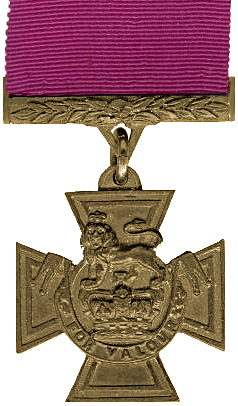Where Gurkhas Dare — The Legend of Kulbir Thapa,The Battle of Loos featured a number of import
Where Gurkhas Dare — The Legend of Kulbir Thapa,The Battle of Loos featured a number of important firsts in World War I history, it was the first battle in which the British used poison gas, it was the first battle involving the New Army (Kitschner’s Army), and it was the first battle in which a native Gurkha received the Victoria Cross, the highest award for gallantry in the British Empire.Born in Palpa, Nepal, the 26 year old rifleman was serving with the 3rd Queen Alexandra’s Own Gurkha Rifles of the British Indian Army near Fauquissart, France. Kulbir took part in one of the first offensive assaults on September 25th, 1915, capturing the German first line trenches and forcing the Germans to retreat to their secondary trenches. The German’s, however, counterattacked and recaptured the first line trench. Kulbir found himself wounded behind enemy lines. As he made his way back to British forces, he came across three other wounded soldiers, two fellow Gurkhas and a British soldier from the Leicestershire Regiment. Kulbir stayed with the soldiers for the rest of the day and throughout the night, despite being urged to save himself. Early the next morning, using the morning fog for cover, the sneaky Gurkha carried the three soldiers one by one through the German trenches without being noticed, stashing the soldiers in a bomb crater in no man’s land. Kulbir then carried the soldiers back to British lines one by one, starting with the wounded Gurkhas. By his third trip, the morning fog had lifted and Kulbir was forced to run to the British soldier in broad daylight, pick him up, then run back to British lines, all while under fire from the Germans. For his bravery, Kulbir Thapa was promoted to the rank of Havildar (sergeant) and personally awarded the Victoria Cross by King George V. Kulbir returned to his unit on January 4th, 1916, and served the rest of the war honorably. He passed away in 1956. His Victoria Cross is currently on display at the Gurkha Museum. -- source link
#history#wwi#gurkhas#kulbir thapa


